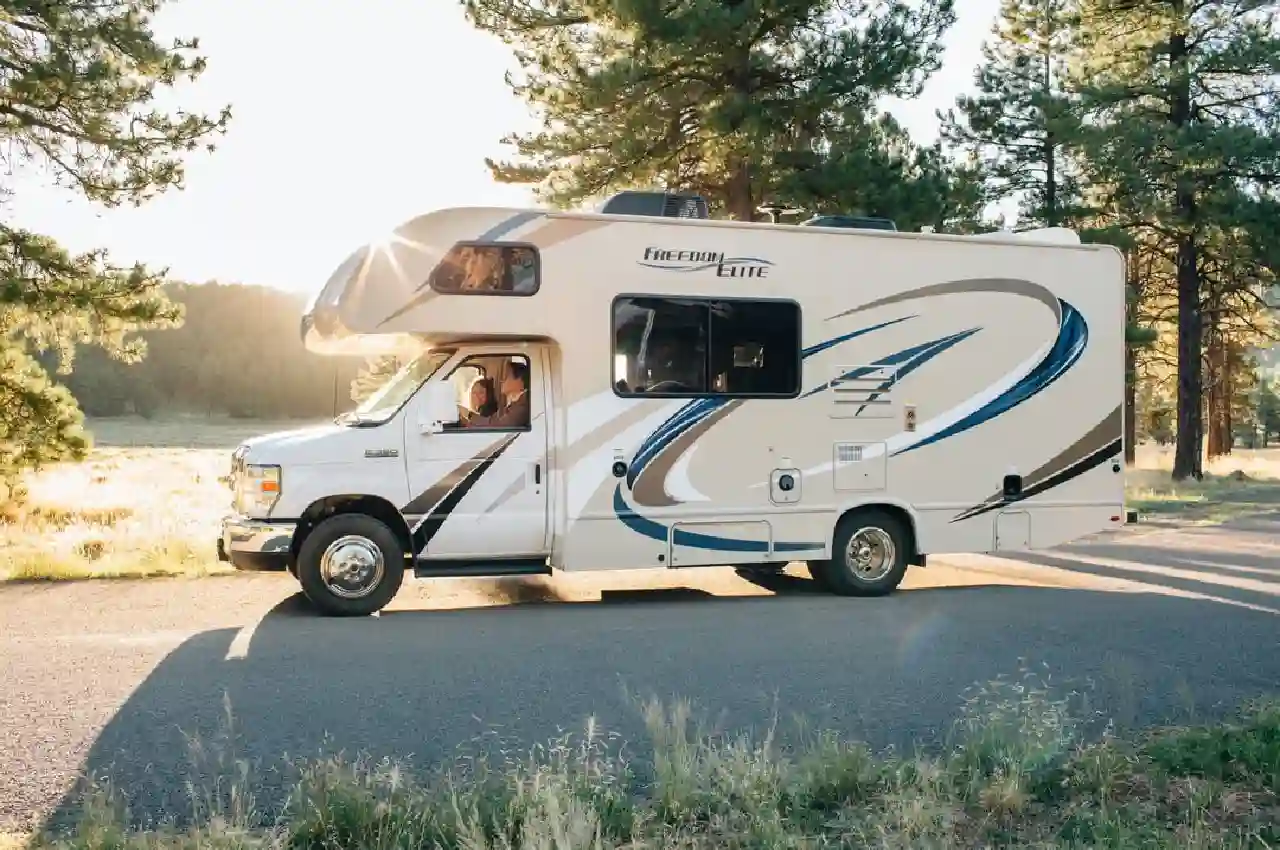NEWS
5 Common RV Inverter Problems and How to Avoid Them

There is no doubt that RVs are fun and adventurous, especially if you want to go camping. Unfortunately, the fun of RVs comes with its own set of problems. The main problem is any electrical problems you might face along the way.
One of the most common comes along with RV inverter problems that may lead to power loss.
Are you not sure what you should do to solve this problem? Here are a few things you need to consider to avoid this problem.
1. Overheating
One of the most common RV issues is overheating. This can be caused by several factors including inadequate ventilation, worn or damaged internal components, or even too much electrical load. To avoid this problem, it is important to ensure your RV has adequate ventilation.
Poor airflow can cause the internal components of your inverter to overheat. You should keep an eye out for any signs of worn or damaged internal components as this could prevent the inverter from properly cooling itself.
2. Overloading
Overloading is one of the most frequent causes of RV inverter damage. This occurs when the RV operator draws too much power from the inverter at one time. To prevent overloading, it’s important to not exceed the inverter’s wattage capacity when running a load.
It’s also a good idea to power appliances like coffee makers, toasters and microwaves one at a time. By doing this, you will avoid drawing too much from the inverter at once, which could cause it to overheat and shut down.
3. Growing Molds and Mildew
Common RV inverter problems such as mold and mildew, are particularly concerning, especially for long-term RV owners. To prevent this from happening, the most important step is to keep your RV clean, as molds and mildew tend to have easy access into small crevices and dark places.
Vacuum or use a damp cloth to remove dirt, food crumbs, and any other debris around the RV often. It is also recommended to get proper RV storage. Investing more on covered RV storage will help you protect your RV from molds and mildew.
4. Faulty Wiring
Faulty wiring is one of the common RV problems. Improperly installed and outdated wiring can cause an array of issues from improper voltage regulation to no power at all. To avoid these issues, it is important to make sure the wiring is up-to-date and correct.
First, check that the wiring is the correct gauge for the size of the inverter being used. Then, inspect every connection point in the wiring as incorrectly wired connections can result in dead shorts and no power.
5. The inverter is Not Turning on
One of the common RV inverter issues is not turning on due to a disconnection from the shore power or battery power source. To avoid this problem, make sure the RV has enough battery power.
Also, verify that the shore power plug is connected and that power is being provided by an electricity source. To make sure that the inverter is getting a proper 12-volt connection, test the output of the converter with a voltmeter.
Address RV Inverter Problems Immediately
In conclusion, having the right knowledge and experience can help prevent common RV inverter problems. Regularly check connections, keep an eye on the power usage, and replace old parts and worn batteries if needed. If you need assistance with RV inverter problems, contact a professional to ensure the best outcomes.
If you want to read more articles, go to our blog.
Having completed my education in English, I’ve cultivated a successful career as a content writer. My tenure includes valued collaborations with distinguished professional organizations, reflecting my commitment to producing high-quality content.
Contact me on this mail: [email protected]










